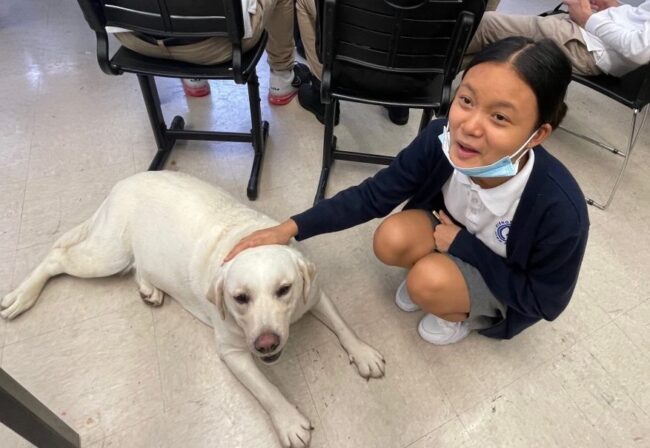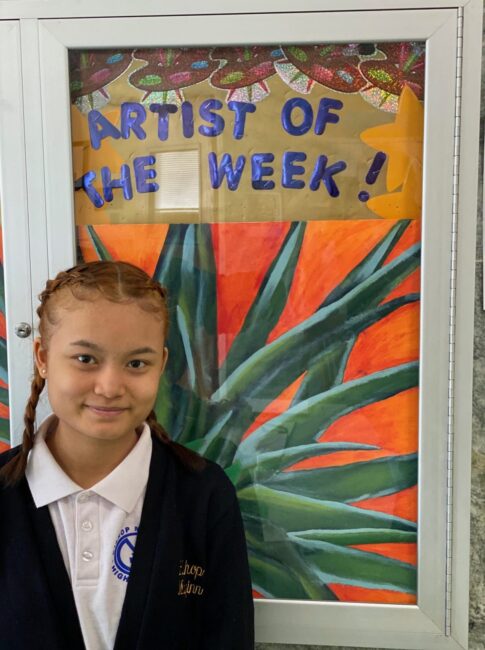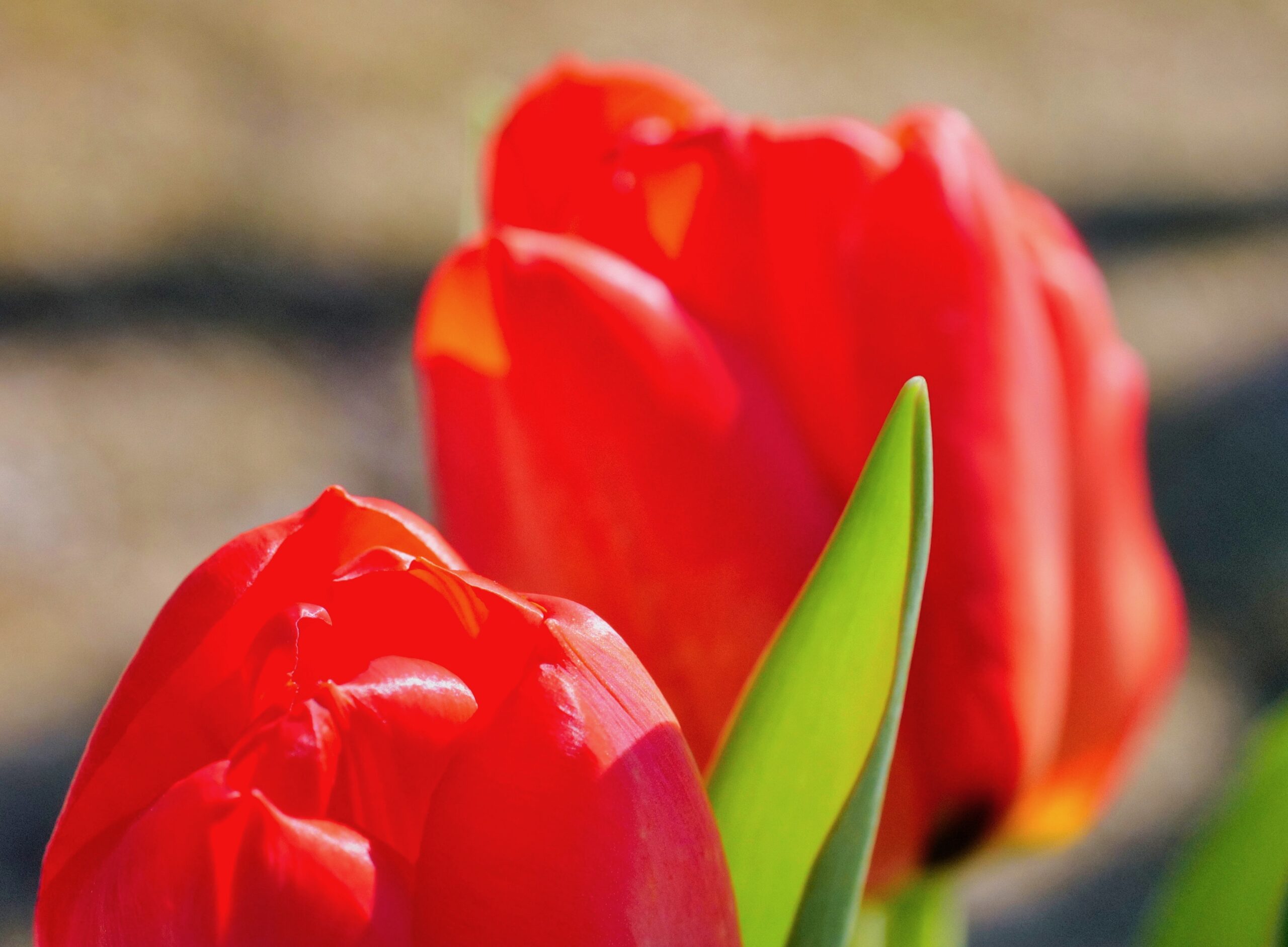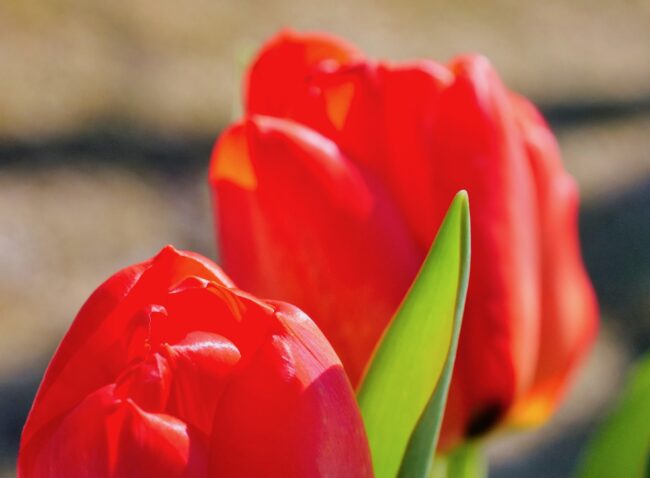I’ve known Saw K Paw for several years. She is 18 now; she came to America about 10 years ago.
She nearly died of rare heart disease in a refugee camp after the Myanmar Army “destroyed our lives, villages, homes, women, girls, even babies all fell to be the victims of their atrocities.”
Her parents, having lost everything and fled for their lives, never stopped fighting to get Saw K Paw to America, where surgeons saved her life.
A different American opened the gates to freedom and saved a child.
Some years ago, I asked the Army Of Good for help for Saw K Paw, and they responded. We paid for her three-year tuition now. She helped train Zinnia for therapy work.
She is happy and healthy.
Saw K Paw is going to college next year to study nursing, just like her sister.
Last week, she submitted a piece to a local essay contest about her commitment to helping preserve the Karen culture in Myanmar, which is in dire danger of being wiped out by the ongoing genocide there.
Tonight, she gave me permission to reprint it. It is an amazing piece of writing.
Saw K Paw is a person of great strength and character. I am so proud to reprint her essay on my blog.
____
A Descendant of Myanmar, by Saw K Paw
“Being a descendant of Myanmar, a multi-ethnic South East Asian Country, I have one of the majority Burmese girl names, “Ma Myint,” but I am proud to get addressed as “Say K Paw,” my Karen ethnic name.
I was born in Thailand to my Karen parents, who are both native to Myanmar. I have had a long enduring life throughout my 18 years so far. I am currently studying as a senior at Notre Dame-Bishop Gibbons.
As a representative of the Karen ethnic group of Myanmar, I am glad to be here having a chance to speak out about the things our people have been undergoing for 70-plus years.

Myanmar has gone through one of the longest civil wars, and our people, including the Karen ethnic group, forced refugees into border areas, where they still endure many hardships.
Our war-torn home imprints in our minds, having a great social and political impact on our lives.
Yet, our Karen people, our people, are not as well recognized and surfaced as other refugees in the global theater. In fact, our decade-long struggles have received less and less global attention despite the length and horror of our crisis.
Peaceful and contented people as they are, our Karen people love the countryside, harvesting the rice fields, which provide our staple food. Many reflections come back.
We love to feed our families. We love to enjoy our simple lives with the background silhouette of the Dawna Range, a long-lasting token of our Karen’s formidable standing in the Region.
Though the super hot dry season torments the hardworking people, our memorable harvest season should have been enjoyable if not for the civil war.
In the name of the Post-Monsoon Season Operation, the Burmese military destroyed our lives, villages, homes, women, girls, even babies; all fell to be the victims of their atrocities.
Without food and water, Karen people ran for their lives deep into the jungle, often losing their loved ones.
Nobody chooses to be a refugee.
But we became one among many thousands in the refugee camps along the Myanmar-Thai border. While my family was on the run, I was very sick.
I later learned that I have a heart condition called Tetralogy of Fallot. All my parents’ attempts to save me pushed them into a tougher situation among the existential living.
Thanks to the United Nations HCR program, we were able to move to the United States to save me from this critical condition. With no knowledge of language or culture, my parents never gave up, just clinging to the hope of saving me.
Somehow, they got to America. I was then just a little girl in and out of the hospital, and I would never have imagined that I would be where I am today.
After a storm comes a calm.
Now, during my free time, I teach Karen traditional dance for our community celebrations like the New Year and Wrist Tying Ceremony.
I just do this to give back to my community and to remember my parents’ journey to make sure that I could be healthy. I love teaching our Karen traditional dance because I want to keep the tradition alive.
I want to inform the upcoming generation that this beautiful tradition comes from our great-great-grandparents.
The culture’s dance has been passed down from generation to generation to keep it alive.
I want to show the new Karen generation that this is who we are as the Karen ethnic group, coming together to see and enjoy this dance.
I want to empower the younger generations to love and care for our people and culture.
When I was young, I never knew that I would be doing all these things, like teaching my traditional dance and representing my people in any way that I could.
My family and I were then too focused on staying alive. But we overcame our struggles. Now, I want to let the world know that we, the Karen ethnic people exist, and we want to be treated like others and loved like others.
I am here to represent the Karen ethnic group in Myanmar, proudly and confidently, with all my heart.”










